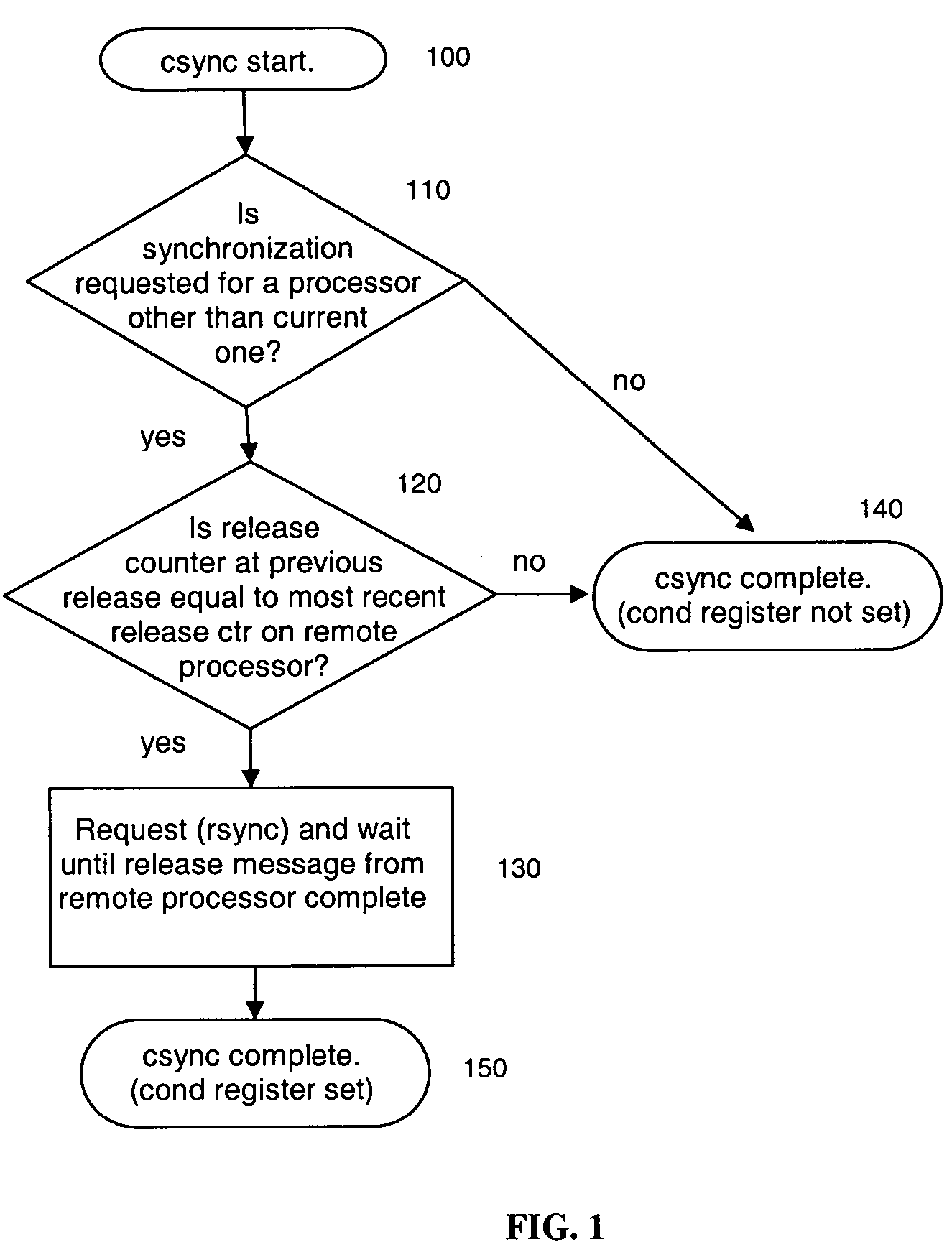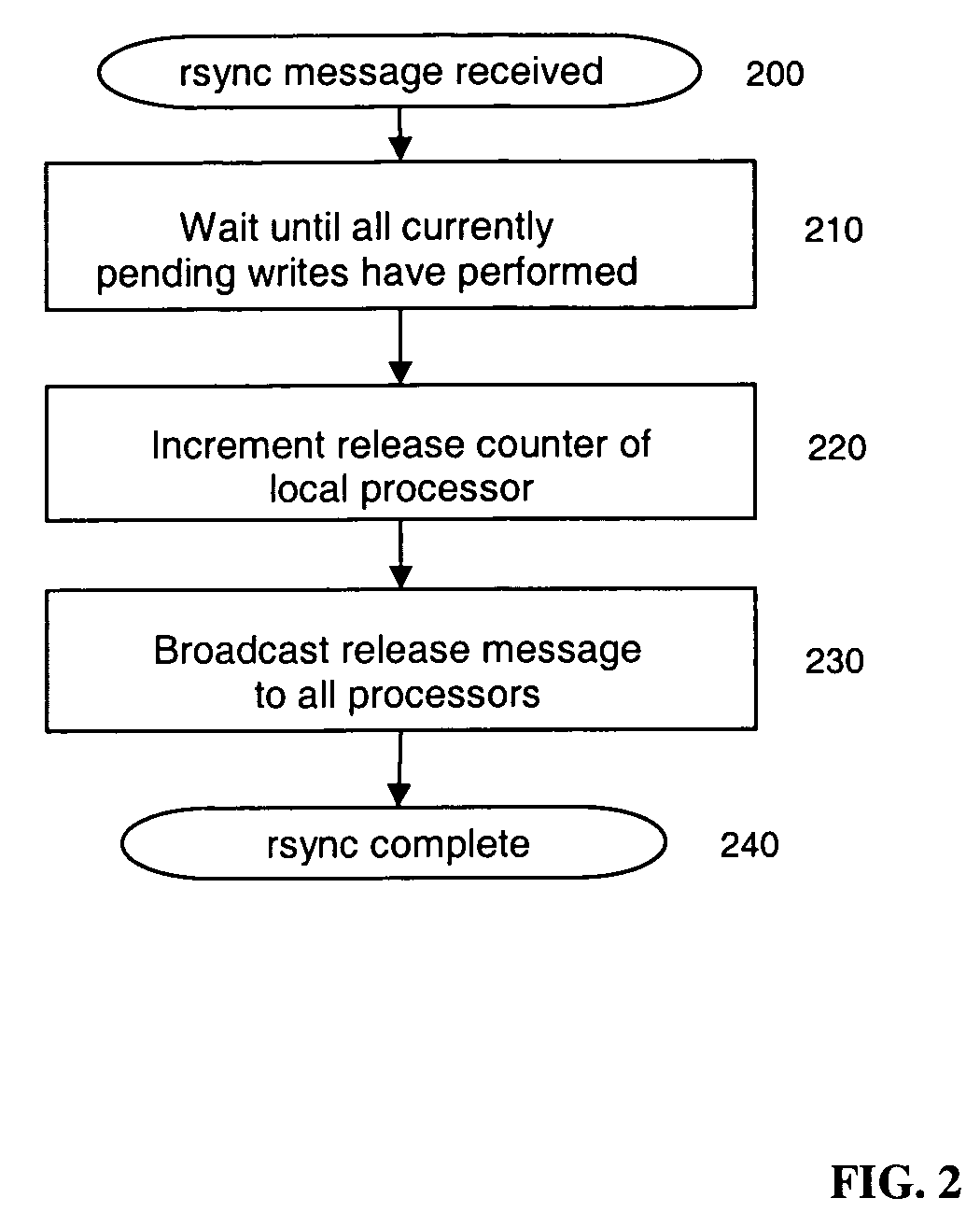Method and apparatus for conditional memory ordering
a conditional memory and ordering mechanism technology, applied in the field of multiprocessor system synchronization, can solve the problems of not addressing the principal problem of the “processor-centric” memory ordering mechanism, neither the memory system model nor the implementation is as straightforward, and the memory system model is more complex. , to achieve the effect of reducing the frequency of invoking the hardware memory ordering mechanism, avoiding the overhead of these operations
- Summary
- Abstract
- Description
- Claims
- Application Information
AI Technical Summary
Benefits of technology
Problems solved by technology
Method used
Image
Examples
Embodiment Construction
[0013]We discuss a method, computer program product, and information processing system for streamlining synchronization protocols in execution of multi-threaded server applications. In the following description, numerous specific details are set forth by way of exemplary embodiments in order to provide a more thorough description of the present invention. It will be apparent, however, to those skilled in the art, that the present invention may be practiced without these specific details. In other instances, well-known features have not been described in detail for purposes of clarity.
[0014]Unless specifically noted, it is intended that the words and phrases in the specification and claims be given the ordinary and accustomed meaning as understood by those of skill in the applicable art. If any other meaning is intended, the specification will specifically state that a special meaning is being applied to a word or phrase.
[0015]The architecture of an information processing system acco...
PUM
 Login to View More
Login to View More Abstract
Description
Claims
Application Information
 Login to View More
Login to View More - R&D
- Intellectual Property
- Life Sciences
- Materials
- Tech Scout
- Unparalleled Data Quality
- Higher Quality Content
- 60% Fewer Hallucinations
Browse by: Latest US Patents, China's latest patents, Technical Efficacy Thesaurus, Application Domain, Technology Topic, Popular Technical Reports.
© 2025 PatSnap. All rights reserved.Legal|Privacy policy|Modern Slavery Act Transparency Statement|Sitemap|About US| Contact US: help@patsnap.com



